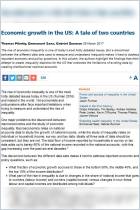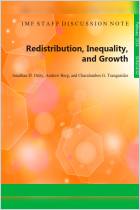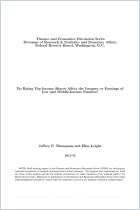This early study of income inequality by economist Thomas Piketty still has a lot to offer to today’s economic policy debates. Unlike his later best-selling tomes, this is a relatively short, analytical primer on the basic concepts of income inequality, filtered through Piketty’s interplay of reasoning and empirical investigation and relayed in his solid and exacting style. Domestic inequality in developed countries has come into sharper focus since 1997, when this book was first published in French, and Piketty has been on the case ever since.
Making inequality comparisons between countries is difficult.
It’s easy to reach inaccurate conclusions when comparing inequality levels among Western nations, given their different labor classifications, taxes and redistribution policies. Governments achieve fiscal redistribution through taxes, transfers for social benefits, and costs subsidizing education and health care. For example, in France, employers pay relatively high social charges for their employees, in contrast to Denmark, where there are no payroll taxes on employers.
You might conclude that employers in France pay a higher proportion of their output to labor than to capital, compared to their counterparts in Denmark. But when labor market economists include the tax treatment of social transfers in their analyses, they find that employees pay for all employer taxes, regardless of how the social charges are levied. French workers do not pay taxes on income from social transfers but take home only a portion of their gross salary. Danish wage earners receive their full wages but pay individual taxes on all sources of income, including government transfers. Effectively...





















Comment on this summary or Comenzar discusión